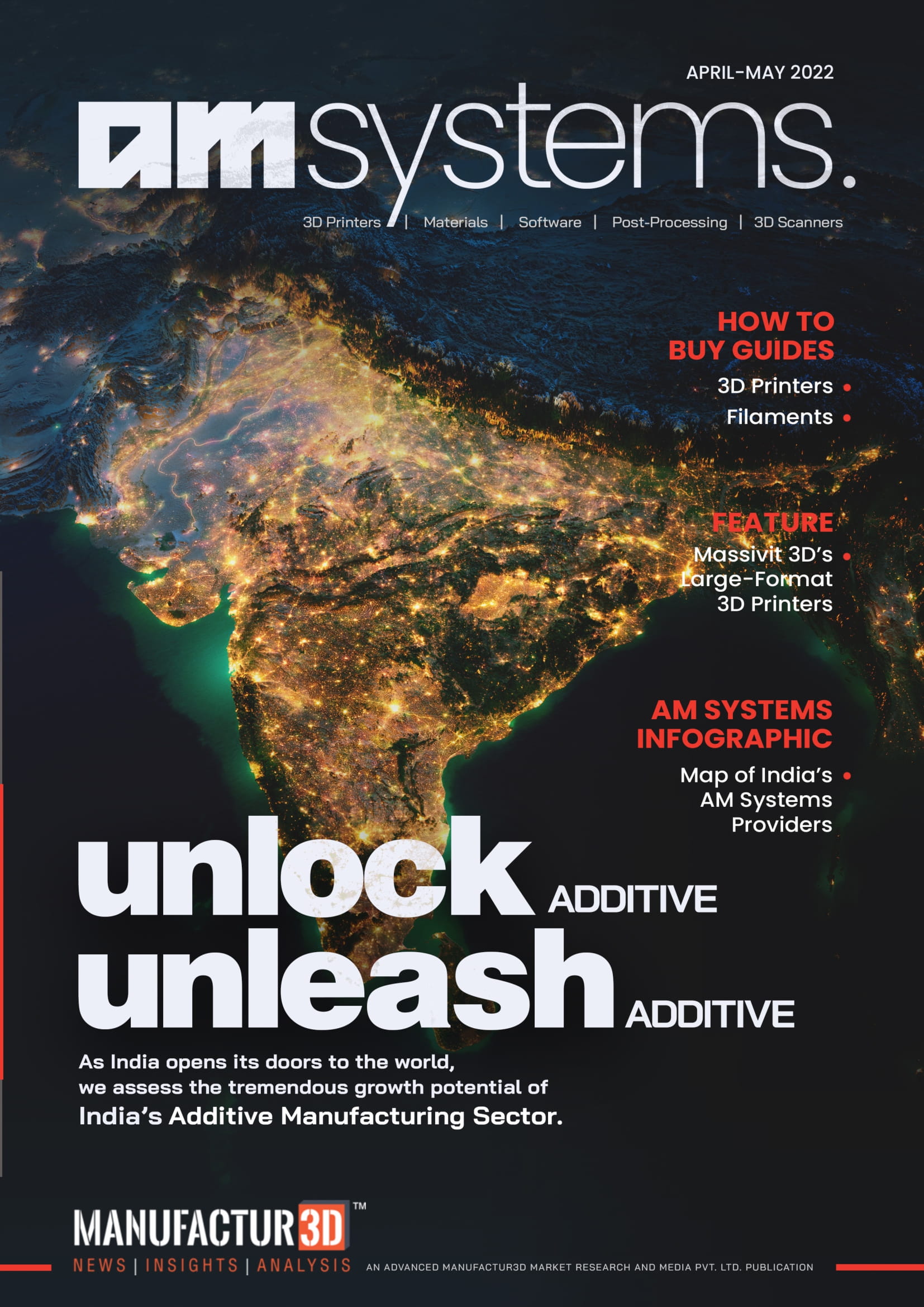
Sandvik Additive Manufacturing, the engineering arm of the Sandvik Group, developed the world’s first ever 3D printed diamond composite. This new innovation will revolutionise the way strength is perceived by various industry. It opens doors to manufacturing of this super-hard material in highly complex shapes and can thereby transform the way industry uses the hardest natural material on the planet.
3D Printed Diamond Composite
Diamond is 58 times harder than anything else in nature. It is widely used as a tool in the mining, drilling, machining and also medical implants. It is so hard that it is almost impossible to form complex shapes.
But this was the case until now. Sandvik combined one of the world’s hardest materials with the world’s latest technology – the additive manufacturing technology to 3D print products in diamond. With additive manufacturing complex shapes which were previously impossible to create can be easily formed. Sandvik has managed to achieve this innovative feat with diamond composites.
Through this new process, diamond components can be printed application ready, in very complex shapes, without the need for further machining. This will open up the possibility of using it in applications that were previously considered impossible.
Speaking about the impact of diamond additive manufacturing, Anders Ohlsson, Delivery Manager at Sandvik Additive Manufacturing said, “Historically, 3D printing in diamond was something that none of us imagined was achievable. Even now we are just starting to grasp the possibilities and applications that this breakthrough could have.”
He continued, “On seeing its potential, we began to wonder what else would be possible from 3D-printing complex shapes in a material that is three times stiffer than steel, with heat conductivity higher than copper, the thermal expansion close to Invar – and with a density close to aluminium. These benefits make us believe that you will see this diamond composite in new advanced industrial applications ranging from wear parts to space programs, in just a few years from now.”
Since additive manufacturing is a less waste technology, the diamond powder in Sandvik’s process can be extracted from the polymer in the slurry after the printing, and then be recycled and reused in another print-job.
Sandvik Additive Manufacturing Diamond Composite

It is important to note that Sandvik is not directly printing with diamonds but with a composite material. Major part of the material is diamond but in order to print them, they need to be cemented in a hard matrix material, keeping the most important physical properties of pure diamond.
Even creating such a composite is an innovation for the world and this will have lasting impressions on how industries use diamond in applications and shapes never conceived possible before.
According to Sandvik, the effects of this new material will be seen in advanced industrial applications from wear parts to space programs in just a few years.
Sandvik Additive Manufacturing Process

Sandvik’s 3D printed diamond composite is a true innovation. It means that we can begin to use diamond in applications and shapes never conceived possible before
According to Mikael Schuisky, Head of R&D and Operations at Sandvik Additive Manufacturing, “The additive manufacturing process used is highly advanced. We are printing in a slurry consisting of diamond powder and polymer using a method called stereolithography, where complex parts are produced, layer by layer, using ultraviolet light.”
He added, “This step was extremely complicated. However, after extensive R&D efforts and several trials we managed to take control over the process and made the first 3D printed diamond composite.”
Talking about the implications of the 3D printed diamond composite material, Susanne Norgren, Adjunct Professor in Applied Materials Science at Uppsala University explained, “Sandvik’s 3D printed diamond composite is a true innovation. It means that we can begin to use diamond in applications and shapes never conceived possible before. Just imagine what it could do to industries, when it is possible to print anything, in any shape – in diamond.”
The diamond composite has been tested and found to have extremely high hardness, exceptional heat conductivity, while also possessing low density, very good thermal expansion and fantastic corrosion resistance.
About Manufactur3D Magazine: Manufactur3D is an online magazine on 3D Printing. Visit our Tech News page for more updates on 3D Printing Technology News. To stay up-to-date about the latest happenings in the 3D printing world, like us on Facebook or follow us on LinkedIn.



